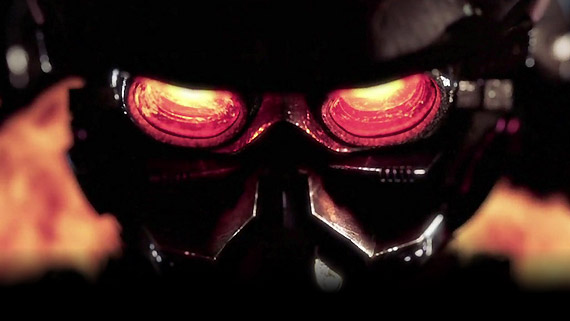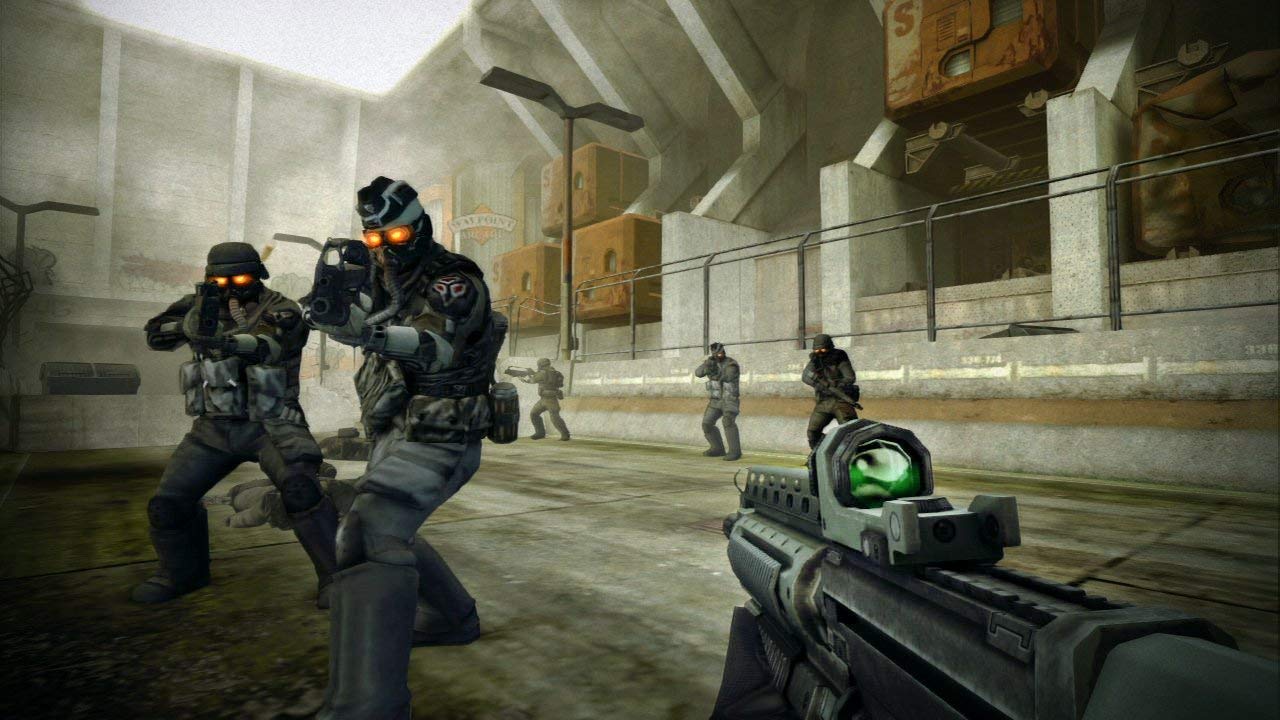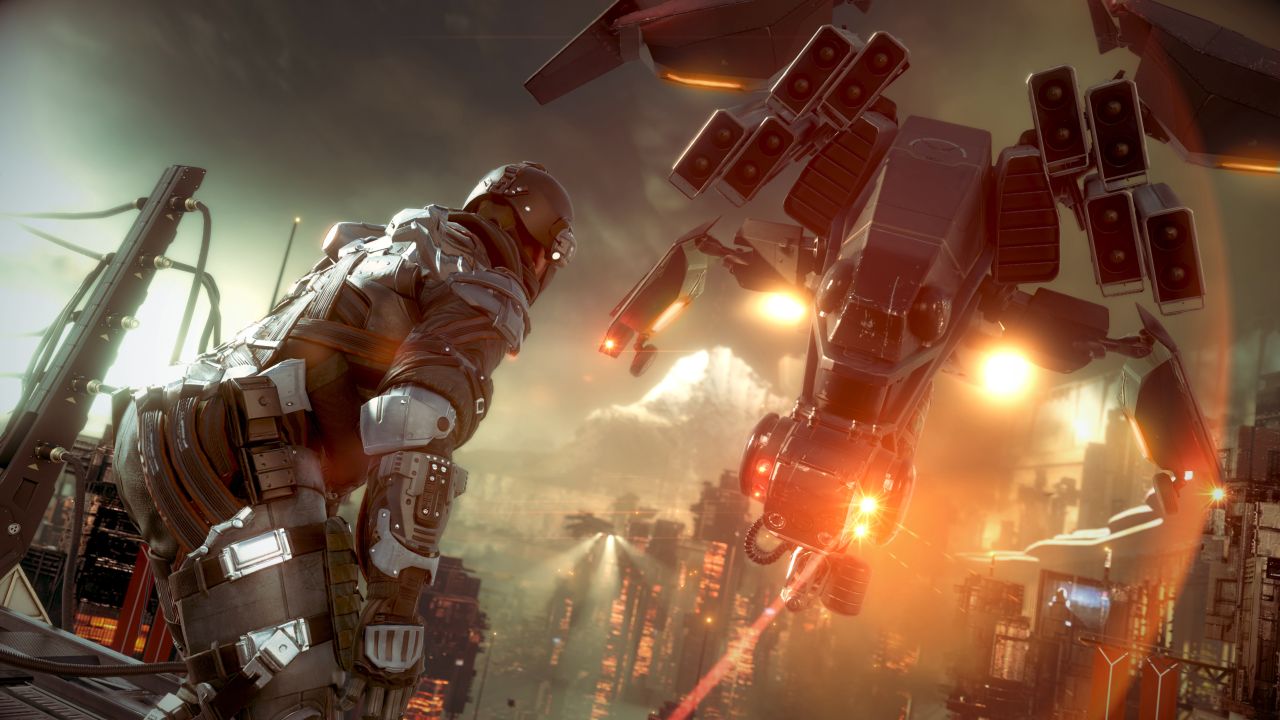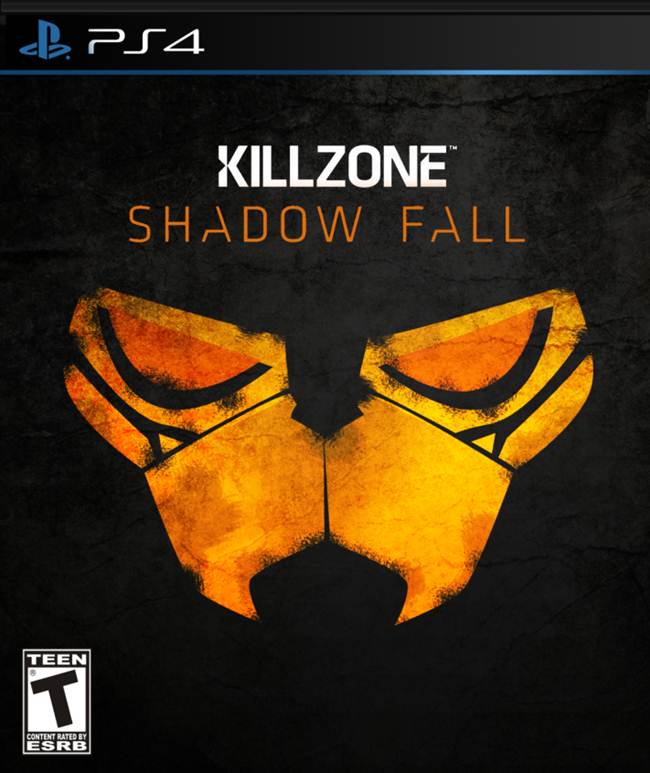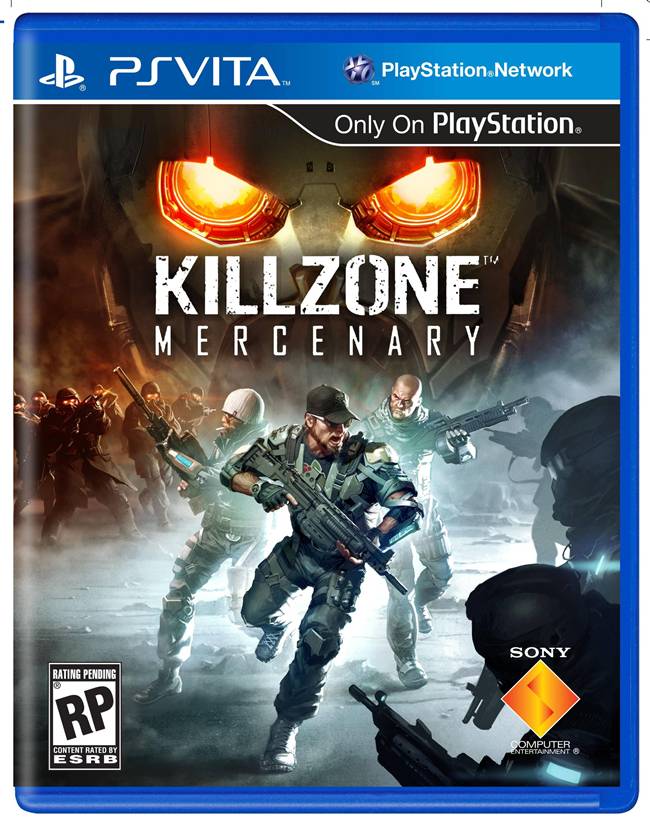
It is hard to think of a major first party Sony franchise that has had a journey as rocky as Killzone’s. Sure, there have been a few that have endured some tough times, and some that have even come out stronger as a result but Killzone is probably the most prominently inconsistent franchise belonging to Sony. Its first game and what has till now been its last game both disappointed a lot of people, but there were also a couple of instalments that impressed millions, and were critical and commercial successes. Back during the days of the PS3, Killzone was, without a doubt, one of Sony’s flagship franchises.
Though it never quite lived up to its “Halo-killing” ambitions, Killzone was a franchise that rode a pretty strong high for a good number of years, and seemed to have firmly cemented itself as a series that Sony was prepared to invest in heavily. By now, however, it has been over five years since we last saw a Killzone game, and both Guerrilla Games and Sony have been largely silent about the franchise and what the future might hold for it. Sony has comfortably and confidently settled into the groove of the kind of games it wants to make – cinematic, story-driven single player games – and Killzone, it seems, doesn’t fit into that framework. But why exactly does that seem to be the case? After overcoming initial hurdles and managing to carve out an identity for itself as one of the most refined shooters on the market, why is it that Guerrilla Games’ series suddenly went silent? What the hell happened to Killzone?
Though Killzone was one of Sony’s most important franchises in the seventh generation of console gaming, we all know that things didn’t start out well for the franchise. Back when the series was first greenlit, Microsoft and Bungie were taking the world by storm with Halo. Combat Evolved stunned the entire industry by showing that not only could first person shooters work on consoles, but that they could even be some of the best games ever created. Its follow up, Halo 2, took things even further, by implementing an ambitious and wildly popular online component that would go on to set the standard that the entire industry follows to this day. Sony were not the first who would look to chase that trend, and nor would they be the last- but chase it they did.
Killzone was supposed to be their Halo. Of course, they never publicly said as much, but the hype and marketing surrounding the game made it abundantly clear that Sony and the PS2 were banking on its success, and banking on it hard- and of course, given the new and fierce rivalry between Sony and Microsoft that the industry had become caught in the grips of, it didn’t take long for everyone to slap the “Halo-killer” tag onto Killzone. Expectations, then, were ridiculously high- but we all know how that turned out. Killzone launched on the PS2 in November of 2004 (just a few days before Halo 2 came out, in fact)- and the general consensus was that Guerrilla Games’ shooter was a sour disappointment.
Some aspects of the first Killzone were praised quite a lot, such as its stunning visuals to its gritty, hard sci-fi war setting. But when it came to the things that really mattered, Killzone came up short. A poorly written and poorly told story, uninteresting characters, stupid AI that made the shooting half as good as it could have been otherwise, and a spate of technical issues and bugs were just a few of the game’s most commonly cited problems. A Halo-killer it was not – not even close, in fact – and the disappointing nature of the game was only propounded manifold in light of the ridiculous levels of hype and excitement surrounding it before its release.
In spite of that, however, Sony clearly saw some potential in it. Killzone may have been poorly received by critics and fans alike, but Sony had clearly seen enough from its sales and seen enough potential in the game itself that it was willing to turn it into a franchise, and let Guerrilla learn from its mistakes. The next Killzone game we saw was Killzone Liberation on the PSP, an isometric shooter that demanded a certain level of tactical thinking from players- its blend of strategy and shooting, relatively more challenging nature, and a solid campaign were praised by critics when it came out in 2006, and even though there were some flaws that some people pointed out, such as its short length and the lack of proper online multiplayer options, the general consensus was that it was a marked improvement over the series’ debut.
But of course, Liberation was always meant to be a side chapter, and the next FPS Killzone was what everyone was really waiting for- that would be the true test of how much Guerrilla had learned from their mistakes, and whether the potential of the flawed PS2 title would ever be realized. From the very moment it was revealed with its infamous CG trailer that Sony initially claimed was all in-engine, Killzone 2 looked like it would be special. Even after it came to light that its reveal trailer had actually been a target render, Guerrilla and Sony continued to impress people with all subsequent showings, especially when actual gameplay footage of the game showed that it truly was going to be a visual showcase. In spite of the way people had been burned with its predecessor, Killzone 2 was generating incredible amounts of excitement from PlayStation fans. Unlike its predecessor, however, when it launched, it delivered on those expectations spectacularly.
To this day, Killzone 2 is regarded as one of the best games in the PS3’s library- it came out at a time when Microsoft was ruling the roost, and Sony was in desperate need of a win, and a win it was indeed. It was a technical marvel, first and foremost, displaying the powers and capabilities of the difficult yet impressive PS3 hardware better than any other game had at that point. Shooting was heavier and felt more deliberate, gunplay felt satisfying and weighty, and though criticisms surrounding its uninteresting narrative and characters were still thrown around quite commonly, it was with its multiplayer that Killzone 2 really won the hearts of millions. The competitive online component of Guerrilla’s latest was played and loved by millions. The gulf in quality between the first and second Killzone games was almost unbelievable, and Killzone 2 is commonly cited as one of the best and most improved sequels ever made- and rightly so.
Killzone 2 didn’t do Halo numbers, of course, and though it was still, at the end of the day, a generic first person shooter, it was an extremely polished and very well made first person shooter. So of course, the Killzone train was going to keep on chugging along. Now that Sony and Guerrilla were beginning to find the kind of success with Killzone that they had always hoped they would, they weren’t going to let that momentum die down. Killzone 3 launched almost exactly two years later in February of 2011, and was also pretty well received.
While it didn’t cross the 90 mark on Metacritic like its predecessor had, it settled into a respectable mid-80s range. Things such as its visuals, its exciting shootouts, and its addictive online component were praised once again, while criticisms surrounding storytelling and characters also continued to persist. It was, essentially, more of the same in almost every way possible. It did do some new things- both the PlayStation Move and the PS3’s stereoscopic 3D capabilities were things that Sony had been pushing hard around the time of Killzone 3’s release, mostly thanks to the success that others had seen in the same area. Options for both were included in the game by Guerrilla Games, and for the most part, they were very well done. Killzone 3 looked spectacular in 3D, while playing with the motion-based Move controllers was also a surprisingly intuitive experience. Stereoscopic 3D in games ultimately proved to be a fad, while motion controls never really became more than an ancillary way of playing games, so Killzone 3’s achievements in those areas aren’t remembered the way Sony and Guerrilla might have hoped at the time that they would- but they were impressive achievements nonetheless.
Going into the next generation, then, with Sony primed to release the PS Vita and the PS4, everyone looked at Killzone as one of Sony’s most important franchises, maybe even right below Uncharted in terms of significance and popularity. Its competitive online-centric nature was something that seemed like it fit the trends of the market perfectly, while it also filled that huge first person shooter-shaped hole in Sony’s first party lineup quite well (alongside the somewhat less successful Resistance– which is another story entirely).
The next we saw of Killzone was on the PS Vita, Sony’s new handheld, with Killzone Mercenary, which was the first game in the series to not be developed by Guerrilla Games. Instead, the now defunct Guerrilla Cambridge took the reins. Unlike the previous handheld Killzone title, Mercenary was a full fledged first person shooter, and it would go on to be very well received by critics and larger audiences alike. The level of visual fidelity it achieved on the PS Vita was praised widely, while those who played it were also enamoured by how well it translated the Killzone experience to a handheld device. There was some criticism for the game for its shorter campaign, but Killzone Mercenary was – and still is – one of the best first person shooters on a handheld gaming device. Sadly, due to the poor sales of the PS Vita itself, Mercenary also didn’t do as well commercially as Sony would have hoped it would, and nor did it drive hardware sales.
Just as it had been with the previous handheld Killzone title though, while people were impressed with Mercenary and generally liked it for what it was, what they were really waiting for was the next mainline entry. And the anticipation surrounding it was even higher, because it was what Sony was going to enter into the next generation with. Killzone Shadow Fall was the PS4’s big, headlining launch title, and after what had been a fairly consistent few years for both, the franchise and developers Guerrilla Games, many were hoping that Shadow Fall would be a worthy successor, and an early must-have title on the PS4.
As it turned out, it wasn’t. It actually turned out to be a pretty disappointing game- its single player campaign was generally considered to be a step down from its predecessors, while the ever-present criticisms surrounding story, storytelling, and characters were stronger than they ever had been. Shadow Fall certainly got several things right- for one, it was an absolutely gorgeous game, and proved to be an excellent early advert for the capabilities of the PS4 and the next generation of consoles in general. It was, in fact, also the first game to use Guerrilla’s Decima engine, which would go on to be used in Horizon: Zero Dawn, and is also the engine that Hideo Kojima and Kojima Productions are using for Death Stranding.
Shadow Fall was also a change in direction for the series- visually, it had a lot more variety than its predecessors; from a level design perspective, it opened things up considerably, and no longer funnelled players down a series of corridors; stealth became a lot more central to gameplay, and made encounters quite different from what Killzone fans had become used to; even the story felt like a new chapter, with a different setting, new tonal direction, and new characters. And though many of those things didn’t land perfectly, it definitely felt like the beginning of chapter 2 for Killzone. And many felt that the next game in the series would only be better and more polished, just as Killzone 2 had realized the potential of its predecessor while ironing out its most glaring flaws.
As it turns out, though, there was no “next game”. Killzone Shadow Fall came out on November 15, 2013, and now, in the early days of 2019, with more than five years having passed since then, that is the last we saw of Killzone. It wasn’t like Shadow Fall was a commercial failure either- the game had crossed 2 million units in sales by January of 2014, so clearly, it was doing well enough to warrant a sequel. Both Guerrilla Games and Sony, however, have gone in a very different direction. While working on Killzone Shadow Fall, Guerrilla had also begun developing a completely new IP- we now know that IP was Horizon: Zero Dawn, a game that was absolutely stunning, and also completely unlike anything Guerrilla Games had ever done with Killzone (the fact that Horizon’s story, storytelling, world building, open world design, and characters were some of its biggest strengths should tell you as much).
Even on a more macro level, over the last seven to eight years, Sony’s focus has also clearly shifted, with them now preferring to make single player, cinematic, narrative-driven games like Uncharted, The Last of Us and, yes, Horizon: Zero Dawn. It’s also worth noting that Sony has clearly found a lot more success with these kinds of games than it ever had with its exclusives in the past. Since 2015, its first party titles have been on a roll, with games that follow this philosophy receiving unprecedented praise and selling surprisingly high numbers. The success that Sony has found just within the last couple of years with the likes of Horizon and Spider-Man – to say nothing of what Naughty Dog has accomplished with its games – is indicative that there’s potential for long-term, consistent success if PlayStation keeps heading in this direction. And clearly, looking at the games still bound for the PS4, it’s a direction that they will keep heading in.
Looking at this direction, then, it’s really no surprise that Killzone just doesn’t figure into Sony’s plans. The real question, though, is this- has Sony just dropped Killzone altogether? Do they want Guerrilla Games to focus entirely on Horizon, and Horizon alone? That is a question that isn’t easy to answer, because we haven’t really received an indication as to what the future might hold for Killzone one way or another. While Guerrilla Games have expressed that they still love the franchise, both themselves and Sony have been largely non-committal and vague about the possibilities of a sequel- and really, looking at the impressive first party lineup Sony has amassed, and the level of success they have been consistently finding as a result, that’s not all that surprising. For the first time in many years, Sony doesn’t need to make a Killzone sequel. It’s a franchise they can afford to let rest- maybe even permanently.
That said, that doesn’t mean that that is what will definitely happen. Armed with a stronger sense of what makes their games tick, coupled with the cache and popularity that the IP has inherently, there’s a chance that Guerrilla and Sony might come back to Killzone eventually. Guerrilla Games, as we know, have recently been expanding aggressively, almost doubling in size, and with such an expansion, it’s natural to assume that the studio would like to not only churn out games at a faster rate, but maybe even work on multiple projects at the same time. There’s nothing to say that they wouldn’t want all hands on deck for Horizon 2 (and we know there’s going to be a Horizon 2), or that even if they do work on two projects at once, that the second one wouldn’t be a new IP. But Killzone is an established and successful franchise, so it’s logical to assume (or at least hope) that Sony might want to return to it. Alternatively, they might even hand it off to another studio while Guerrilla Games works on other projects.
That might all be speculation- but sadly, speculate is all we can do for now. Unlike with franchises like, say, Deus Ex and Mass Effect, where the publishers have been very clear about what the future holds for those properties, or Metal Gear, where circumstances have made its future abundantly clear even in the absence of any concrete work from Konami, Sony has said next to nothing about where Killzone is headed. The door isn’t completely shut on the series, but given the direction Sony is headed in, the future doesn’t look as assured as it once did either. Maybe Sony will find a way to bring back Killzone in a way where it can not only fit in with its current slate of first party exclusives, but also stand toe to toe with them- but then again, maybe it won’t. While Guerrilla Games have confidently transitioned from shooter to RPG, the fate of Killzone is uncertain, and all we can do for now is hope that the next couple of years bring some clarity.








